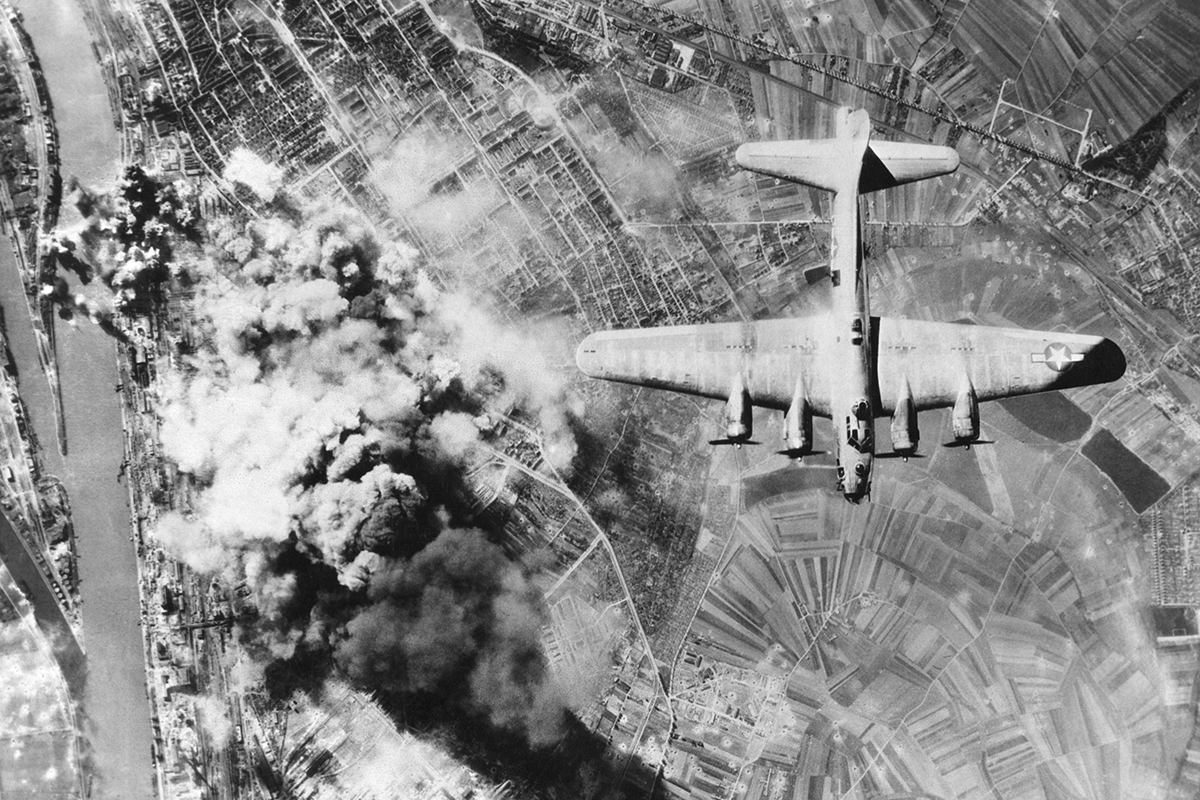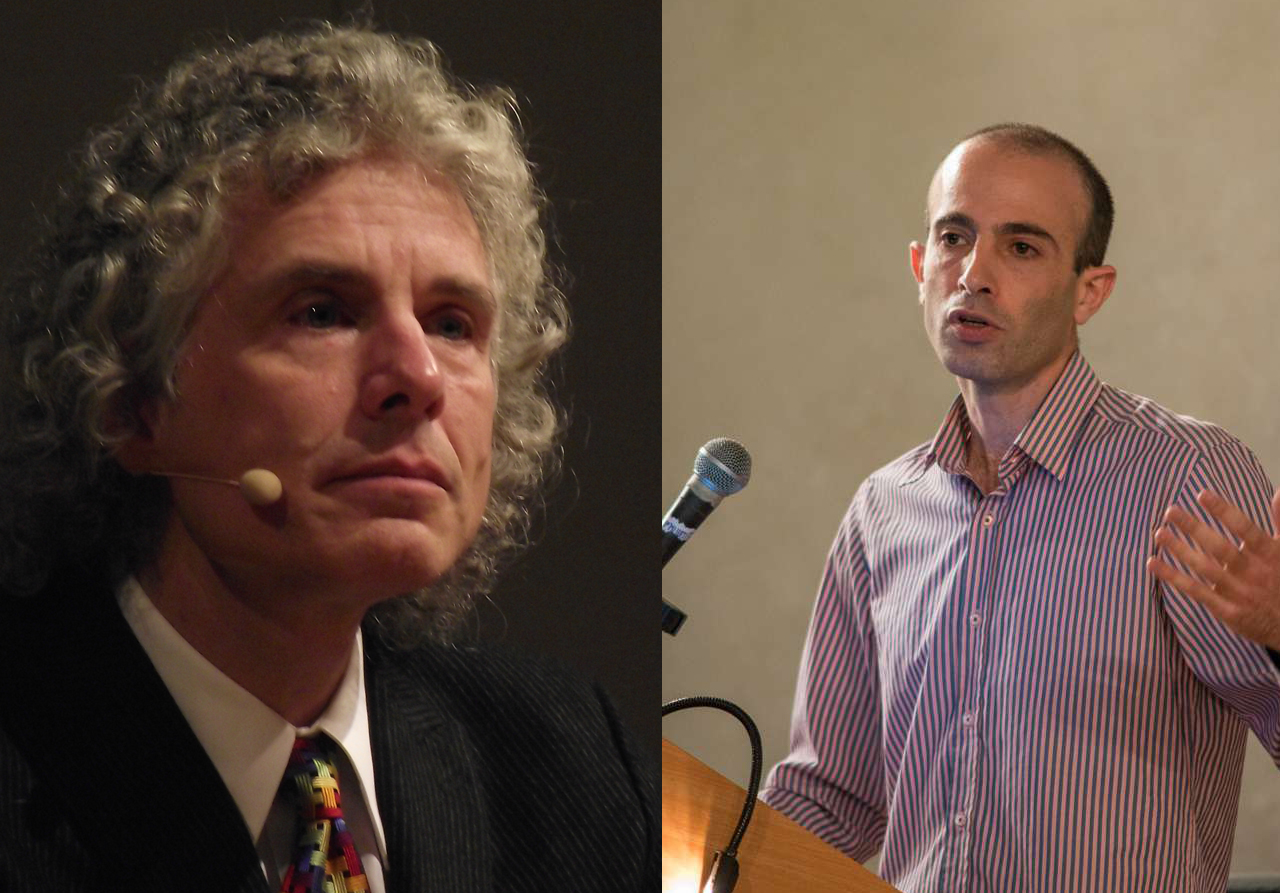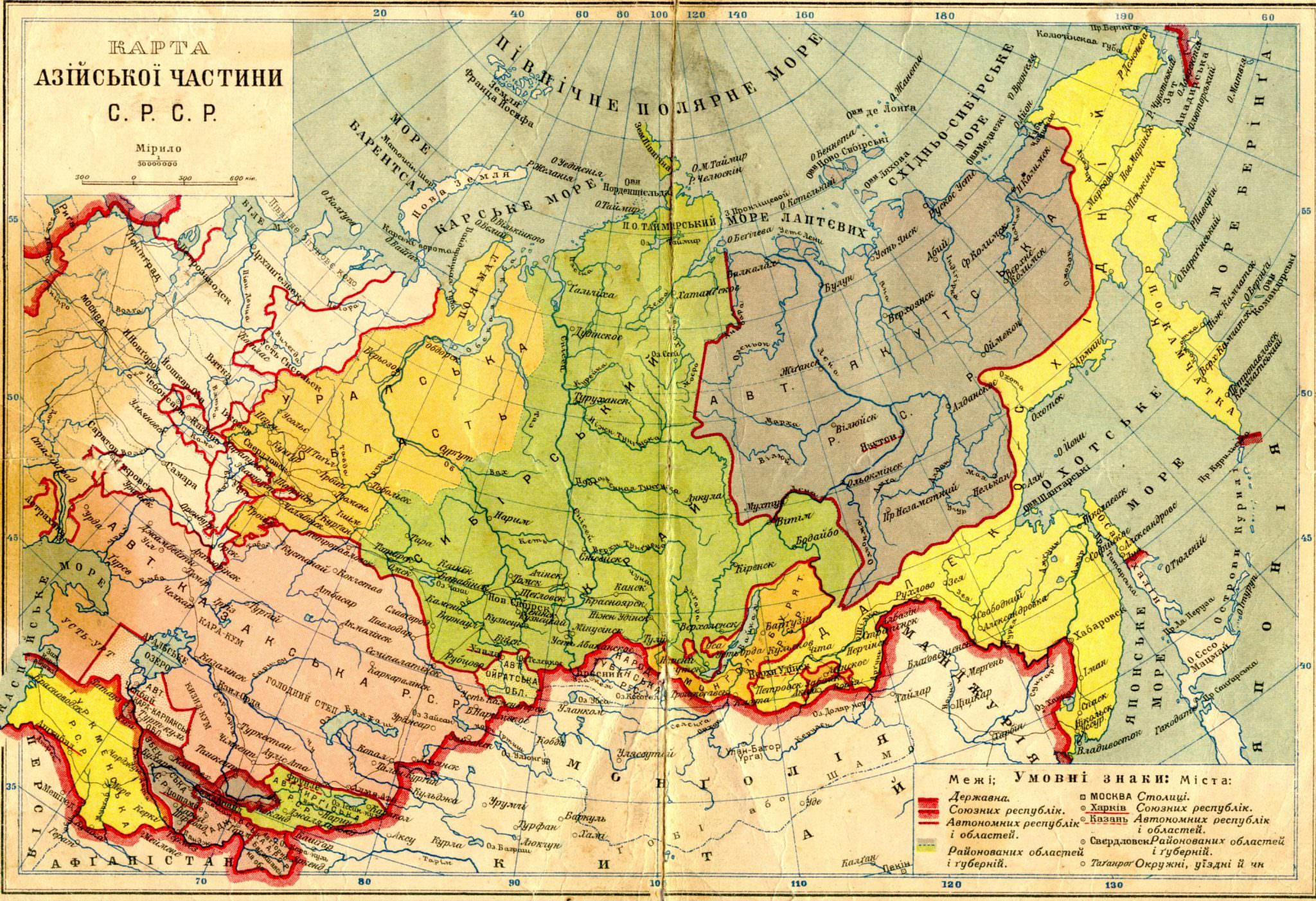Mobbing
What Doesn’t Kill Us Brings Us Together
Because calamities are uniquely egalitarian in their capacity to kill indiscriminately, they dampen the qualities that make us different.

The Danish existentialist Søren Kierkegaard once suggested that the appeal of the human experience resided not in comfort and complacency but in struggle and self-discovery. And indeed, human history is defined by a cycle of calamity and collective growth. Though crops may fail, settlements may flood, and diseases may spread, humans reconsolidate and rebuild.
Science and technology have softened the sting of manmade and natural disasters. But such advancements have reduced the impact of key social stressors. They have curtailed flashpoint events which bring us together. One consequence of this is outrage culture.
In the absence of legitimate calamities, we create artificial ones. We argue that evolved psychological adaptations dictate this need for a shared sense of difficulty.
Outrage culture is simply the calamitization of the mundane. It is a process by which group solidarity can be lazily achieved by combatting non-existent crises. Whether it’s an actor fabricating a hate crime, journalists inflating the menace of a boy in a hat, or academics creating blacklists, our outrage satisfies a deep desire to unite in overcoming a common threat.
Calamity and Solidarity
Communities that have been ravaged by disasters rarely descend into chaos and despondency. Rather, they become increasingly egalitarian and interdependent.
Consider the British and Germans during the Second World War.
Under bombardment from the German Luftwaffe, the British government expected civilian morale to crumble. But as the Blitz progressed, rates of admission to psychiatric hospitals declined. A Home Intelligence report found that nervous shocks accounted for only five percent of all raid casualties. One London hospital reported an average of only two cases of “bomb neuroses” per week.
More striking, though, was the increase in social solidarity. Though English society was (and is) characterized by class distinctions, such conventions faded amidst the howl of the German Stuka. People who had never interacted before the war established warm relations, sharing resources while discussing their fears and aspirations. In homes, businesses, train stations, and streets—wherever people gathered—there existed an air of collegiality. British pubs, in particular, were awash with conversation and song, teeming with patrons desperate for a cathartic release. Everyone, it seemed, had a “bomb story” to tell.
But as bad as the Blitz was, it paled in comparison to what Allied bombers did to German cities. By March 1945, Berlin’s residential hubs had been reduced to rubble. In Dresden, incendiary bombs created walls of flame, siphoning so much oxygen that those unharmed by the explosions died of suffocation. Dresden lost more people in one night than London did over the entire war. But remarkably, Allied reports revealed that German morale remained the highest among the cities that were the most bombed.
Instances of unity and resilience among the war-weary are not uncommon. In 1897, sociologist Emile Durkheim observed notable decreases in suicide among European nations enmeshed in war and revolution. In both the Second Schleswig War (1864) and Austro-Prussian War (1866), rates of suicide declined by 16 percent and 14 percent, respectively. These findings are further corroborated by Irish psychologist H.A. Lyons who reported a 50 percent decrease in suicides in Belfast during the 1969 Northern Ireland riots.
Curiously, survivors of natural disasters behave in a similar manner.
In a study of the White County Tornado of 1952, the National Opinion Research Center found that 53 percent of residents reported positive changes in the character of individuals. In fact, Charles Fritz, in an examination of social responses to natural disasters in the U.S., found no instance of a sustained panic following a catastrophe.
What explains this link between calamity and solidarity?
According to Fritz, disasters create a “community of sufferers”; individuals unified by a single transcendent goal: survival. The struggle to both overcome the dangers of a disaster and re-stabilize social life provides a structure and purpose to human activity that is absent in daily life.
Moreover, disasters achieve what laws cannot: equality. Because calamities are uniquely egalitarian in their capacity to kill indiscriminately, they dampen the qualities that make us different. Wealth, race, political affiliation; these things matter little to bombs and hurricanes.
When people come together to combat an existential threat, they suspend their racial, religious, and ideological differences. Under these conditions, we can freely interact with one another, using tragedy as a common frame of reference.
Calamities are also strangely primordial. They recreate the communal conditions of our evolutionary past.
Teamwork Makes the Dream Work
Evolutionary psychologists tell us that human behavior and cognition are products of an ageless evolutionary process. Our brains and behaviors were moulded by the environments and selection pressures experienced by our hunter-gatherer ancestors. Each of these evolved programs exist because they promoted a behavior that enhanced the survival and reproductive fitness of early humans.
For instance, humans appear to be evolutionarily prepared to fear snakes and spiders. Some of our ancestors saw these creatures and responded with fear and avoidance. Others did not. Those who survived passed this survival system (see snake, move away) down to us.
Our brains evolved to extract information from an environment and then use it to regulate our behavior. Over time, this information gives rise to specialized cognitive programs that guide our behavior.
This suggests that the association between calamity and solidarity is by no means random. We’re good at overcoming crises because we’ve been doing it for thousands of years. And cooperation is the key.
Cooperation isn’t some new-fangled life hack. It’s a powerful survival mechanism built upon thousands of years of evolutionary trial and error. It’s an adaptive behavior.
Adaptive behaviors are strategies that improve the reproductive success of an individual and their kin. They are, moreover, responses to adaptive problems. These are conditions which reduce a species’ reproductive success. Calamities are one major adaptive problem which cooperation evolved to overcome. In fact, it is this interaction between disaster and cooperation which defines our evolutionary past.
Our early ancestors lived in small, kin-based bands of about 150 people. Tormented by ravenous predators and nasty diseases, humans survived by sharing food and trading favors.
Consider Hill and Kaplan’s risk-pooling hypothesis. The authors found that the Ache of eastern Paraguay avoided starvation by risk-pooling scarce foods. Whereas vegetables could be cultivated by individual families, rare nutrient-dense foods like meat and honey were shared at the group-level. This ensured that all within the tribe could eat when supplies ran low.
Researchers also suggest that our interaction with predators shaped our urge to cooperate. The archaeological record is saturated with deadly predators that both hunted our ancestors and competed with them for food. This combination of predation risk and resource competition promoted increased sociality among early humans. In particular, our ancestors adopted a resource-defence model where meat was transported to a “home base” with fixed resources like water and plants.
Cooperation sets us apart from our closest evolutionary relatives. Yuval Harari, author of Sapiens, notes that one-on-one, a chimpanzee would defeat a human. But 1,000 humans would defeat 1,000 chimpanzees. This is because the cooperative skills of humans far outpace those of chimpanzees. As Harari contends, “Put 100,000 chimps in Wall Street or Yankee Stadium, and you’ll get chaos. Put 100,000 humans there, and you’ll get trade networks and sports contests.”

In short, cooperation improved the reproductive success of those who engaged in it. Our human ancestors stayed alive and had babies by sticking together. We are thus wired for socialization.
In his book Social: Why Our Brains Are Wired to Connect, neuroscientist Matthew Lieberman notes that the dorsal anterior cingulate cortex and anterior insula, regions of the brain responsible for pain, activate for socialpain as well as physical pain. Feeling ostracized literally hurts in the same way that stubbing your toe or being burned does.
And it works for pleasure, too. Regions of the brain involved in reward-processing, the ventral striatum and orbitofrontal cortex, respond in similar ways to social pleasure as well as physical pleasure. Studies find that the same regions of our brains activate when we are told that others like us as when we eat sweets or win money. Neuroscientist Jaak Panksepp has statedthat our brain’s social attachment system co-opted our pain and pleasure systems. This drives us to maintain social bonds and avoid isolation.
Evolution made a bet that hijacking our brain’s pain and pleasure centers to respond to social approval or disapproval would increase our odds of survival. Clearly, it paid off.
Consider oxytocin. Or as it is often called, “the love molecule.”
This neurotransmitter appears to have evolved to bond mothers and infants. Throughout pregnancy and after giving birth, oxytocin floods the mother’s brain, creating a powerful attachment to the child. In fact, researchers have proposed that the biological prototype for all sociality among mammals resides in mother-infant interactions.
The popular misconception about oxytocin is that it makes people nicer. And it does, but only to those in our in-group. Oxytocin can increase aggression and hostility to those we perceive as a threat. As Lieberman puts it, “In nonprimates, oxytocin leads individuals to see all outsiders as possible threats, thus enhancing aggression toward them.” And administering oxytocin to humans “facilitates caregiving toward both liked groups and strangers, but it promotes hostility toward members of disliked groups.”
Then there’s the social brain hypothesis. This is the idea that our large brains are the result of our ancestors’ need to navigate a complex web of social relations. Psychologist William von Hippel suggests, “our intelligence didn’t evolve to solve abstract problems and complex ways of dealing with the environment. Our intelligence evolved to deal with each other more effectively and to leverage the skills and abilities we have when we work together.”
We are deeply social. We need and crave it. And often, group solidarity is achieved when external threats arise.
Ancient Ideas in Modern Skulls
We live a world that is very different from the one frequented by our ancestors. Yet, our cognitive programs are shaped for that social environment. Technological advances have freed us from the burdens of our evolutionary past.
Consider the ever-shrinking frequency of wars. In Enlightenment Now, Steven Pinker notes that “there have no more than three wars in any year since 1945, none in most years since 1989, and none since the American-led invasion of Iraq.” In 2016, the Western Hemisphere’s last active political armed conflict came to an end as the Columbian government and Marxist FARC made peace. Wars are now concentrated almost exclusively in a zone stretching from Nigeria to Pakistan, an area containing less than a sixth of the world’s population.

Furthermore, modern wars result in fewer deaths than in any historical period. In fact, detailed analyses by Oxford economist Max Roser has revealed decreases in state-based battle deaths, international wars, and conflicts between “Great Powers.” Rates of interpersonal violence have fallen as well. The historical criminologist Manuel Eisner has documented long term decreases in homicides all throughout Europe. At no point in history have humans lived more peacefully.
What about natural disasters? While the frequency of catastrophic events has not declined, the death toll from these events has. Between 1900 and 2018, the global death rate from natural disasters fell from 76.8 per 100,000 to 0.14 per 100,000. Or take lightning fatalities. In the first decade of the 20th century, the average annual death rate due to lightning was 4.5 per million in the US. In the first 15 years of the 21st century, it dropped to 0.12 per million.
These developments are a fortunate by-product of technological advancements. As Pinker explains, “When an earthquake strikes, fewer people are crushed by collapsing masonry or burned in conflagrations. When the rains stop, they can use water impounded in reservoirs. When the temperature soars or plummets, they stay in climate-controlled interiors”. The advent of early warning systems, predictive models, and disaster management strategies have curtailed catastrophes.
Yet the more things change, the more they stay the same. Modernity has reduced the lethality of manmade and natural disasters. But our desire for group solidarity remains. Humans are driven to overcome crises. It is an evolutionary instinct.
The ideas of our ancient ancestors still rattle in our skulls. As Hector Garcia writes in Sex, Power, and Partisanship, “Though the risk of being massacred by neighbouring tribes has diminished since our days as hunter-gatherers, our minds remain calibrated for ancestral environments that roiled with intertribal bloodshed.”
We evolved to experience hardships together. The prehistoric stressors that united early humans no longer exist. Now we create artificial ones. This is one basis for the outrage which grips us today.
From Molehills to Mountains
Outrage culture is the calamitization of the mundane. Any event, no matter how ordinary or unimaginative, is an opportunity for moral preening and collective action.
But the unnerving thing about our outrage is how well it reflects our desire for overcoming challenges. Søren Kierkegaard, who we began this piece with, noted that there would come a time when the best thing that you could do for people is to make things difficult. And when the ease of life becomes so great that it becomes altogether too great, we’ll seek out challenges that offer purpose and fulfillment.
All calamities carry the potential for unity. And indeed, outrage culture is driven by an unconscious desire for group solidarity.
Given that these mundane events are without any recognizable consequences (death, displacement, etc.), there are no meaningful rights to wrong. In other words, they don’t matter. Not to you, not to us, and not to those who claim that they do. But what does matter is solidarity. Outrage isn’t something you do, but something you’re a part of.
We want to feel unified. But we don’t know that this is our ultimate, underlying motive. We’re mostly aware of our proximate motives. But why calamitize mundane events?
Outrage culture appears to be nurtured by concept creep. This is the idea that as the world becomes safer, our definition of what constitutes harm expands. Take violence. Violence was once defined as a physical act but some have expanded it to include language.
Concept creep seems to come naturally to us. In a recent study, experimenters showed people a series of blue and purple dots. They then asked them to judge whether each dot was blue or not. In early trials, half the dots were blue while other half were purple. Gradually, experimenters manipulated the dots so that more dots that appeared were purple. However, the participants began to expand their definition of “blue” and counted many of the purple dots as blue. They looked for blue dots and managed to “find” them.
But it’s not just dots. In a different version of the experiment, participants looked at faces with expressions ranging from neutral to threatening. As threatening faces appeared less often, participants began describing neutral faces as threatening.
When we look for signals, we’ll often broaden our definition of the signal to make more observations fit.
Along the same lines, our increasing prosperity has led us to expand our definition of what constitutes a threat. As we grow accustomed to the marvels of modern life, we scrutinize every minor indecency. As William von Hippel suggests in The Social Leap, our adjustment to foods that don’t kill us and devices that protect us allow minor concerns to stand out in sharper relief.

Under these conditions, the mundane becomes the catastrophic. You can find some entertaining examples here, here, and here.
There are at least two reasons for why we calamitize the mundane. First, we weren’t built for comfort; we evolved for stress and conflict. Second, we have a coalitional instinct to be good group members. Plainly, we want conflict and we want allies to help us resolve it.
Outrage culture allows us to satisfy these urges. By broadening the definition of calamities, we create new problems for which we need allies to solve. Moreover, what we categorize as problems, and the solutions we propose, serve as indicators of our tribal affiliation.
Our outrage endears to those in our in-group. It is a flag to rally around and an enemy to defeat; a common cause built around a non-existent crisis. Only by banding together can we combat the threat of risqué Christmas music and white girls in cheongsams. Outrage is a destructive drug that satiates our primal desire for group solidarity.
Life is Suffering
Authentic crises create authentic solidarity. Contrived crises produce counterfeit solidarity. By manufacturing artificial crises, we forge a temporary sense of unity with our ingroup members. By coming together around outrage, we tear apart the social fabric.
To be clear, we aren’t calling for wars or earthquakes. To suffer for the sake of suffering is pointless. Neither are we condemning the wonders of modern life. The more technological progress the better.
What we are suggesting is that humans cannot be separated from their suffering. It gives meaning to life. As Francis Fukuyama once wrote, “if men cannot struggle on behalf of a just cause, then they will struggle against the just cause. They will struggle for the sake of struggle. They will struggle, in other words out of a certain boredom: for they cannot imagine living in world without struggle.”
Only by enduring and overcoming hardship can we begin to appreciate the beauty of life. Rather than allowing momentary outrage to hijack our attention, we can be more thoughtful about which threats to focus on and how to stop them. We long for conflict. But we can be more vigilant about how we satisfy this desire.






